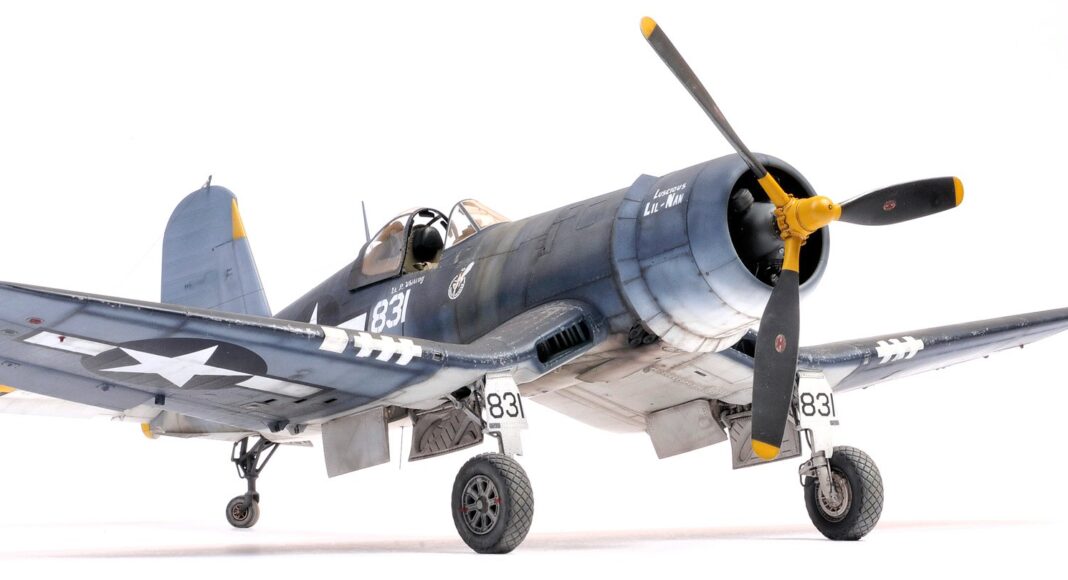This guide is dedicated to plastic airplane modeling and is intended as a guide for anyone who is new to this exciting hobby.
Readers will soon realize that there’s much more to model building than simply assembling the parts contained in a kit box; this tutorial will provide advice and “tricks” that will enable them to find simple solutions, but enough to guarantee the difference between an ordinary model and an excellent one.
In this respect, this guide will also be useful to those who are already experienced and wish to have a reference for the various tricks of the trade to help them fine-tune the decoration of their kits. In fact, our aim is to give all model builders the means to go off the beaten track, building models that are as personalized and faithful as possible to the chosen theme.
Today’s market offers a wide range of aircraft models at prices to suit all budgets, as well as modification “kits” that include the parts needed to modify the basic model and a wide selection of decals.
The origins of airplane kits are very murky, and it’s as difficult to identify the first real plastic model as it is to determine when it was marketed. Many sources point to the beginning of World War II when plastic was used in the U.S. to make large numbers of identification models, which were then distributed to flying, ground-to-air artillery, and ground-to-air coordination schools to enable students to identify aircraft immediately. However, it wasn’t until the mid-1950s that the first commercial models were released, mainly thanks to the Revell company, which is still one of the most respected on the market today.
In Europe, the first Airfix models were released in 1952, followed by the Merit brand shortly thereafter; at that time, scales were not yet codified. At that time, the models were generally single-engined and had a wingspan of 20 or 25 cm. It was at this time that the future evolution of plastic modeling began to take shape, with plastic quickly triumphing over other materials. Its advantages are many and obvious: plastic models don’t get dirty or dusty and can be built in any corner of any house. What’s more, it eliminates the problem of working with different materials since the various parts are ready to assemble, allowing the modeler to concentrate on what gives him the greatest satisfaction: finishing, shaping, and decorating his model.
The US manufacturers were the first to introduce true reproductions, but it was the British who introduced the universal 1/72 scale. This scale was used for the first time in the early 1930s with the introduction of a series of wooden and cardboard models called Skybirds; the reduced dimensions made possible by this scale contributed significantly to the success of these models.
In arithmetic terms, the 1/72 scale corresponds to the ratio of one inch to 6 feet; each inch on a model corresponds to 6 feet on the real aircraft. Today, thanks to technical advances in plastic molding, we can find much larger models that are twenty-four, thirty-two, or forty-eight times smaller than the real thing. Metric scales (1:50 or 1:100) have not been successful.
Building a plastic model is not difficult. It’s best to start with 1/72 scale models, which are more economical, and expect to make a few mistakes as you learn to correct them before tackling the larger, more expensive scales. Above all, and this is the most important piece of advice, do not rush and always use the simplest solutions.
Finally, it should never be forgotten that plastic modeling does not present any great difficulties and, even if a certain number of elementary rules must be respected, it always leaves plenty of room for the imagination and personal initiative of the enthusiast.


